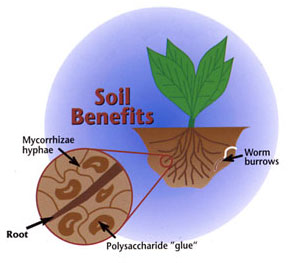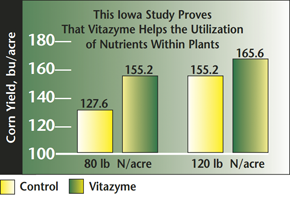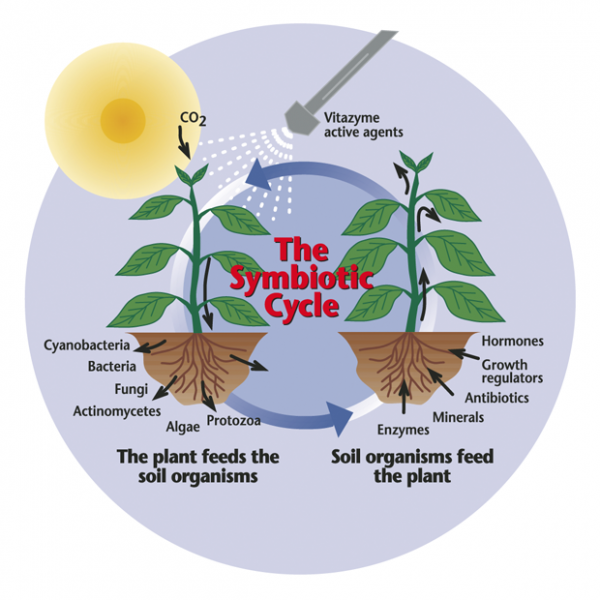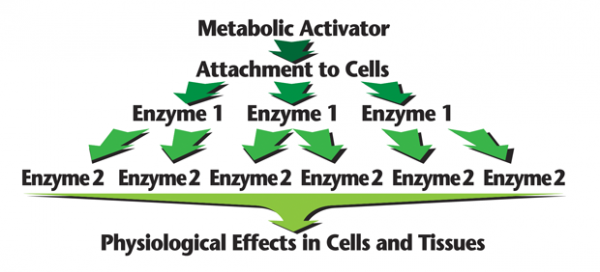How to Use Vitazyme with Plumeria
Potted Plumeria and Typical Gardens
Simply use Vitazyme once a month during the growing season. You can drench or water Vitazyme by hand at a rate of .9% (1 oz./gallon) over top of both the plumeria and the soil. Of course keep in mind watering times, not because Vitazyme will burn a plant (it certainly won’t), but rather follow good practices to reduce mildews and enhance water conservation.
You can also apply Vitazyme with any spray tank. We would recommend a 4% (5 oz./gallon) rate sprayed directly on the plants until run-off. Vitazyme will flow through all spray rigs, irrigation rigs including drip irrigation, and through seeders with in-furrow injection so you don’t have to worry about clogging, and have many options for applications.
A good sized garden will use less than a gallon of Vitazyme per season. Vitazyme can be stored almost indefinitely, so any leftover will be good the following season, and not wasted.
Vitazyme can tank mix with any herbicide, fungicide, pesticide or fertilizer without issue, we always recommend applying Vitazyme as part of your individual fertility/control programs. This way you will save on application costs for Vitazyme alone. Vitazyme is flexible enough so that if the recommended timing of applications varies a bit from your typical practice, you can still use it and gain valuable results.
Generally, plumeria will use 4-5 applications over the growing season. This will be defined more specifically in the guide. Remember, the guide is just that, a guide. Your growing conditions will help to dictate the exact timing of applications.
Vitazyme should be used within the context of a complete crop management system, never by itself. Vitazyme will optimize your existing program by enabling your plumeria to utilize soil fertility and water more efficiently while reducing costs and increasing productivity. This product is very effective with low nitrogen. Follow this easy-to-use five-point program.
- If possible, analyze the soil at the USDA or a reputable laboratory and correct mineral deficiencies and imbalances with expert consultation.
- Treating plumeria seeds or transplant roots, if possible, at planting. Treat seeds with a diluted Vitazyme solution, such as a 5% solution (4 oz./gallon). For excellent results, dip the seeds in the solution and allow to dry. For transplanting soak for approximately 30 minutes or spray transplant roots with a or 2% solution (2.5 oz./gallon).
- Apply Vitazyme to the soil in Early Spring. After the initial application Vitazyme can be applied monthly. A fall application on the soil is effective to accelerate residue breakdown.
- Integrate other, sustainable management practices into the total program.
Application Rates
- Seeds, Cuttings and Transplants. For faster emergence and rooting, dilute at a rate of 1 oz/19 oz of water (a 5% solution) and mist all exposed areas. Allow seeds to dry prior to planting.
- Potted Plumeria Application. For drenching, dilute at a rate of 1 oz/99 oz of water (a 1% solution). For foliage spraying, dilute at a rate of 4 oz/gallon (a 5% solution)
- In-Ground Plumeria (for all temperate fields). Drench or spray Foliage dilute at a rate of 4 oz/gallon (a 5% solution)
- Soil Conditioning (for all temperate field and in-ground plumeria). Apply 4 oz/gallon (a 5% solution) before ground freezing
Tips
- Vitazyme may be tank-mixed with fertilizers, herbicide, fungicides, and pesticides.
- Vitazyme does not need to be tilled into the soil after application.
- The dilution rate is not critical as long as the proper application is made.
- Soil moisture is needed to activate Vitazyme.
- Vitazyme can be stored almost indefinitely, so no loss of investment.
Proven Efficient
Vitazyme used with your normal, sound plumeria management practices Vitazyme will increase your yields sufficiently so that you realize a substantial increase in plumeria health and productivity.
You will find that you can reduce your nitrogen input, usually between 25% and 50%, and obtain the same or higher crop yields. Nitrogen is rising in cost and is likely to remain high in the future. Saving money on your fertilizer purchases will increase your profits when using Vitazyme.






